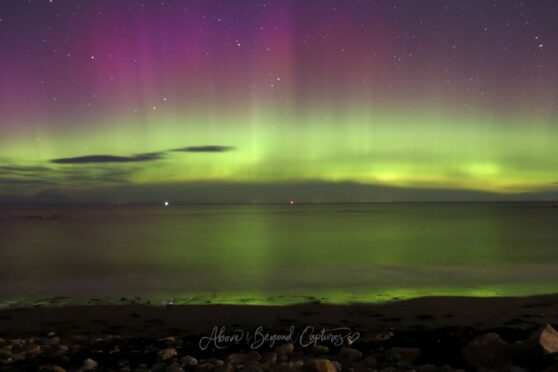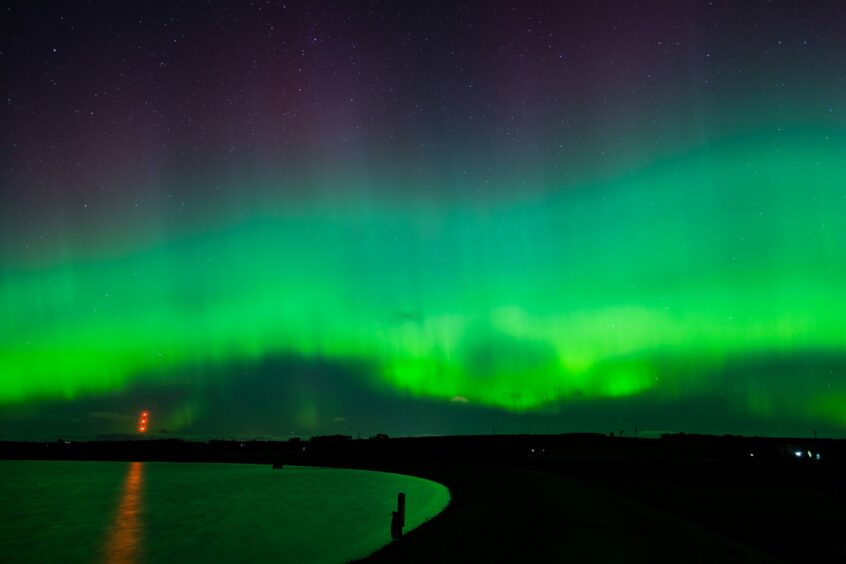Stargazers across Tayside and Fife could be in for a Halloween treat with an increased chance of seeing the Northern Lights.
The Met Office has confirmed there could be a good chance of witnessing the spectacular – also known as the Aurora Borealis – later on Saturday evening and into Sunday, weather conditions permitting.
According to NASA, there’s a higher than normal chance of seeing the spectacle following the solar flare emitted by the sun on Thursday, October 28.
Now, the Met Office has said the flare, which was followed by a coronal mass ejection (CME), may allow the Northern Lights to be visible in lower altitude regions.
An impressive looking X-class flare (X1) has just been emitted from the sun. Early indications are that an associated CME is likely. Our forecasters will analyse satellite imagery when it is available to confirm this, and whether there will be an impact at Earth. #spaceweather pic.twitter.com/GcOyNfI7j1
— Met Office Space (@MetOfficeSpace) October 28, 2021
Northern Scotland and parts of Northern England will provide the best opportunities for a sighting.
Clear skies
However, favourable weather conditions of clear night skies and lower light pollution in more rural and coastal locations could also increase the potential for sightings.
And the forecast for Tayside and Fife is for clear skies overnight.
In a statement it the Met Office said: “Geomagnetic activity is expected to be quiet until Saturday afternoon (October 30 1200UTC). Any aurora until then is unlikely.
“A significant Earth-directed CME is expected to arrive at Earth later on the 30th lasting into Sunday 3st, with an enhanced auroral oval highly likely.
Incredible spectacle
“Sightings of Aurora seem likely along the northern horizon (cloud permitting) across Scotland, Northern Ireland and Northern England.
“There is a slight chance of aurora visible as far south as North Wales, Midlands and Norfolk if looking at the extreme northern horizon low down.”
The Northern Lights are created by disturbances in the Earth’s magnetosphere caused by a flow of particles from the Sun, and are usually concentrated around the Earth’s magnetic poles.











